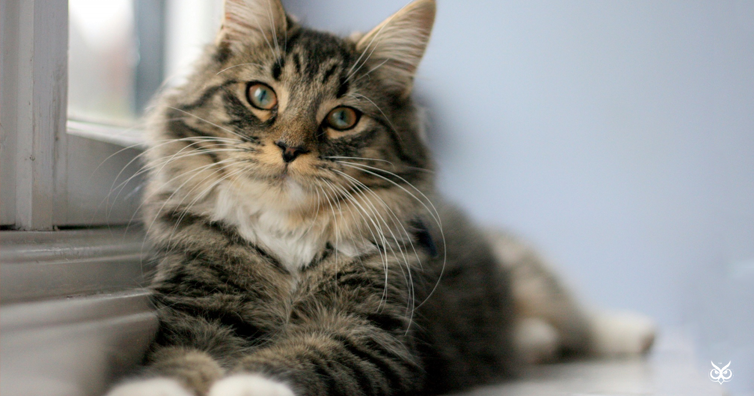Most domesticated animals were the result of human efforts and selective breeding. For example, the dog was the first animal to be tamed and, even though it’s uncertain when the process began, it’s almost certain that domesticated dogs come from wolves that were taken by people and raised to be companions. Horses are like that too.
Some species though, have not become domesticated by humans but they rather domesticated themselves. One notable example of self-domestication, are the cats.
Feline geneticists agree that cats adapted themselves to us and not the other way round. As early civilizations started to develop when humans became farmers, grain stores and refuse piles started to attract rodents. Because wild cats wanted to eat the rodents, they were coming closer and closer to the households. They were the ones that made the first step to approach humans and they did so because we provided them food. Humans, on the other hand, tolerated wild cats because they ate the rodents. And that’s how the domestication process of the house cat began! (the article continues after the ad)
When did this process take place?
Well, scientists believe that the domestication occurred more than 8,000 years ago. This is because the oldest cat remains that were found in the island of Cyprus in 1983, date back 8,000 years ago. Because it is unlikely that humans would have brought wild cats into an island, it is almost certain that the domestication process started before 8,000 years ago.
If you like what you read, then you will definitely love this one: How Do Cats Always Land On Their Feet?
Main Article Photo: Public Domain Pictures
Photoshop: I’m A Useless Info Junkie
Sources: Feline geneticist traces origin of the cat | A Brief History of House Cats
Widget not in any sidebars

